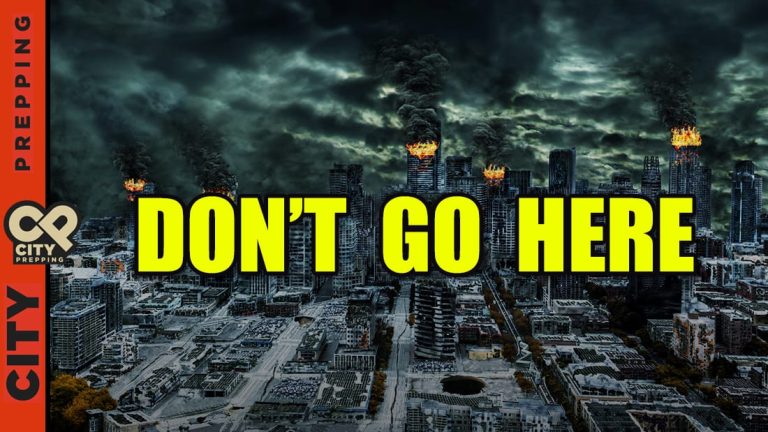Knowing where not to go can be just as critical as knowing where to go after a prolonged, grid down scenario. When you and your family’s security and well-being is on the line, avoiding locations that can place you at risk and expose you to unnecessary dangers must be a priority. While the unprepared subjects themselves to threats due to ignorance, the prepared thinks through and considers their surroundings knowing that one poor decision could be their last. In this video, we’ll cover 11 locations you should avoid when things are falling apart.
1. Crowded Public Spaces: People tend to group together and follow the herd when they are scared, but traveling in a group to a public space may not be the best option. Crowded public spaces can lead to stampedes, panic, and difficulties in evacuation during a disaster. Those people may feel stronger and safer because of their numbers, but they are all out for themselves individually. Typically, it’s a leaderless and confused mob. Having a few people around may be advantageous if you’re under attack. Typically, though, you will gain nothing by being just another body in a crowded public space. If you find yourself in a crowded public space, try to stay on the crowd’s fringes in case you need to escape. If you find yourself in the center of the crowded space and the situation devolves, your best option may be to hunker down as others flee. Even a few moments of pause could provide you with a clear means of egress and will keep you from being trampled.

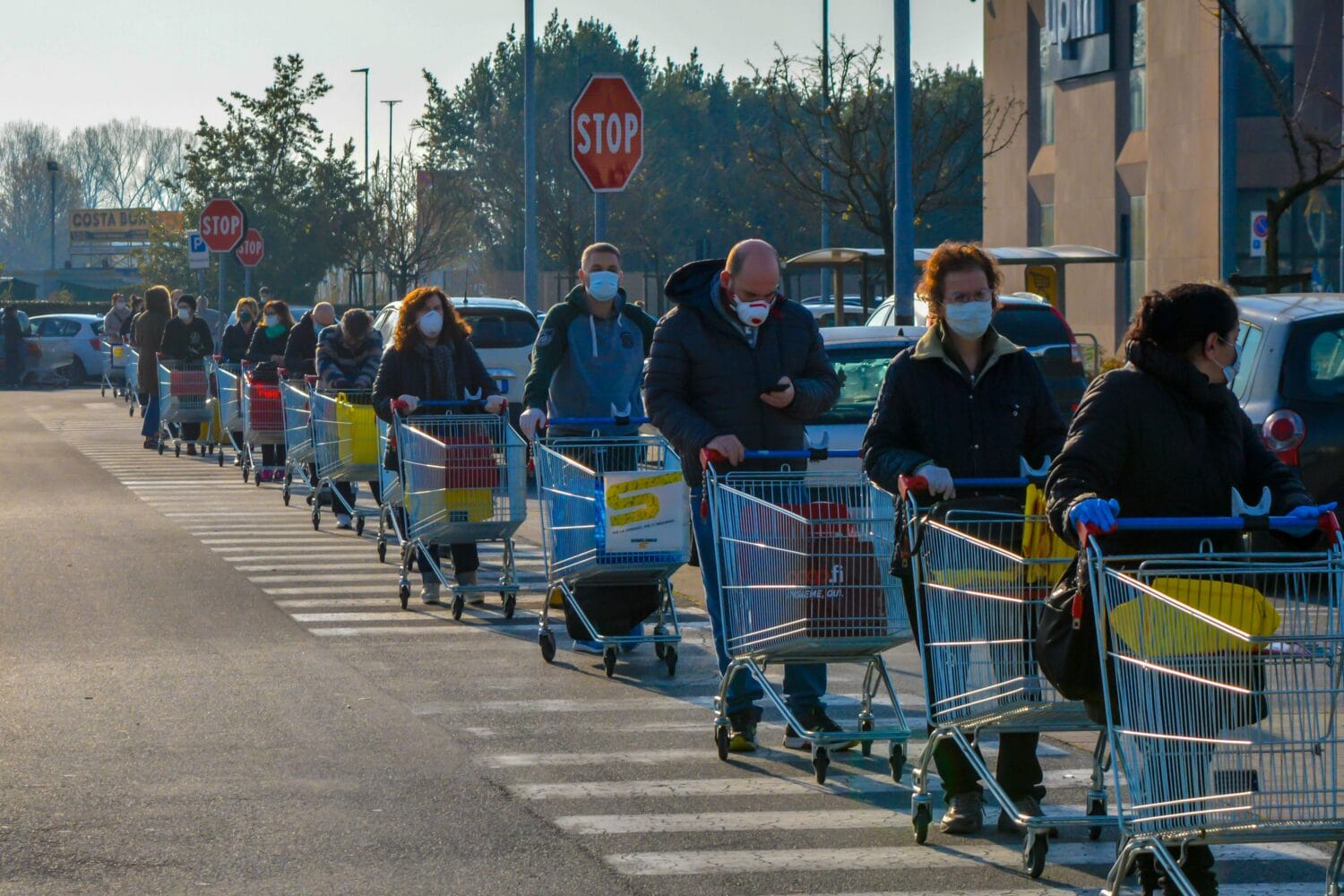
2. Grocery Stores/Gas Stations: When a disaster occurs, two waves of people hit the grocery store, and some of those waves of people overlap. One is composed of panic shoppers who are realizing the disaster’s gravity and looking to stock up on whatever they can get their hands on, but the store may not be conducting transactions. If the power is out for any extended time, some states have laws that forbid the store from selling frozen and refrigerated foods like meat. With the power out, stores will not have an operating point of sale, so it’s possible they will not be conducting any transactions. They’re not going to give the food away, and they aren’t going to sell it either. So, that panicking crowd goes home empty-handed or turns into a mob. That’s the second wave of people who just overwhelm the employees and riot mob the place. Whichever group is at the grocery store, you don’t want to be a part of it. If you are prepped, you don’t have to be. Similarly, gas stations end up with long lines of panicking people queued up to drain whatever tanks the station has. Some people will use whatever container they can find to get additional gas. This presents a safety issue as much as it will draw the ire of others. A gas station can quickly become a conflict zone after a disaster. It’s best to avoid them if you can. As a prepper, avoid letting your gas tank fall below the halfway mark and get in the habit of backing into spaces. In an emergency, you will find it much easier to get out if you are facing forward versus being beholden to someone letting you back out and be in front of them when they’re trying to get to safety themselves.
Call-to-action to download Survival Guide
3. Gun & Outdoor Stores: You probably won’t find sportsmen or gun enthusiasts at a gun store after a disaster. They likely have the guns and ammo they need on hand. What you will find are many people who suddenly realize how unsafe their environment is and will likely continue to be in the future. Many desperate, scared, and angry people will be looking to purchase a firearm or ammo. In some states, that may be an easy process. In others, it may require a waiting period or a background check that can take several days when systems are running. While there are probably enough gun owners there to prevent anything from getting out of hand, I wouldn’t bet on making any purchases. As a prepper, review your anticipated security needs. That doesn’t have to include a gun, but acquiring one after a disaster will be difficult, I assure you. It also probably goes without saying that if you need to buy a tent because your house is destroyed or a camp stove or water filtration system or whatever other outdoor equipment you might need in a post-disaster environment, you probably aren’t going to get it ahead of the hundred other people looking for the same thing. As a prepper, think ahead and get your preps in place before disaster strikes.
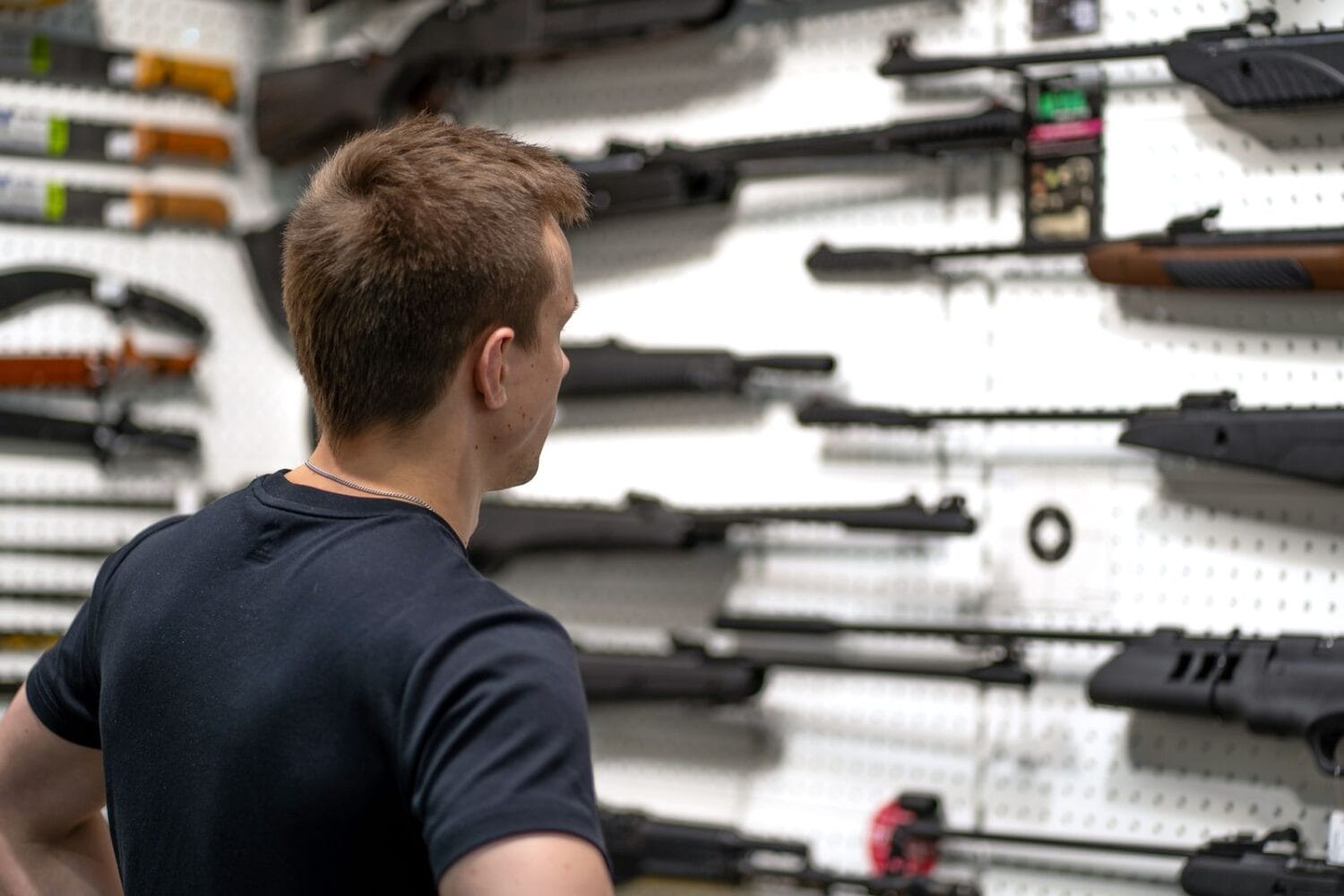

4. Hospitals: You might think a hospital would be the place to be after a disaster. Obviously, if you are seriously wounded, that’s where you will want to be, but otherwise, avoid this location after a disaster. Every person injured in the initial disaster or aftermath will seek medical care here. The hospital will likely be overwhelmed with patients, so any care will take hours before it is administered. Hospitals must triage patients after a disaster, so a cut, even a deep one, might be left to wait while more severe cases are tended to. Like the first point we covered earlier, when you can avoid crowded areas, do so.
5. Pharmacies: At some point during the beginning hours and days of a disaster, people begin to realize they don’t have enough of their prescription drugs to get them through. In severe disasters that may last many days or weeks, the flow of pharmaceuticals to your local pharmacy will stop altogether. The inventory of critical life-saving drugs will rapidly decline. This will lead to desperation for some. Others who are less scrupulous may see this as an opportunity to acquire drugs that are illegal to take without a prescription. Also, sicknesses don’t simply stop when a more significant disaster strikes, so add to this mix of people who need cold relief or fever-reducing medicines to the desperate people at the pharmacy. As a prepper, ensure you have a well-stocked first aid kit, some basic training on administering first aid, a good manual or two, and as long of a prescription of critical drugs and alternative drugs as you require. Avoid pharmacies and the desperate masses that will be there.
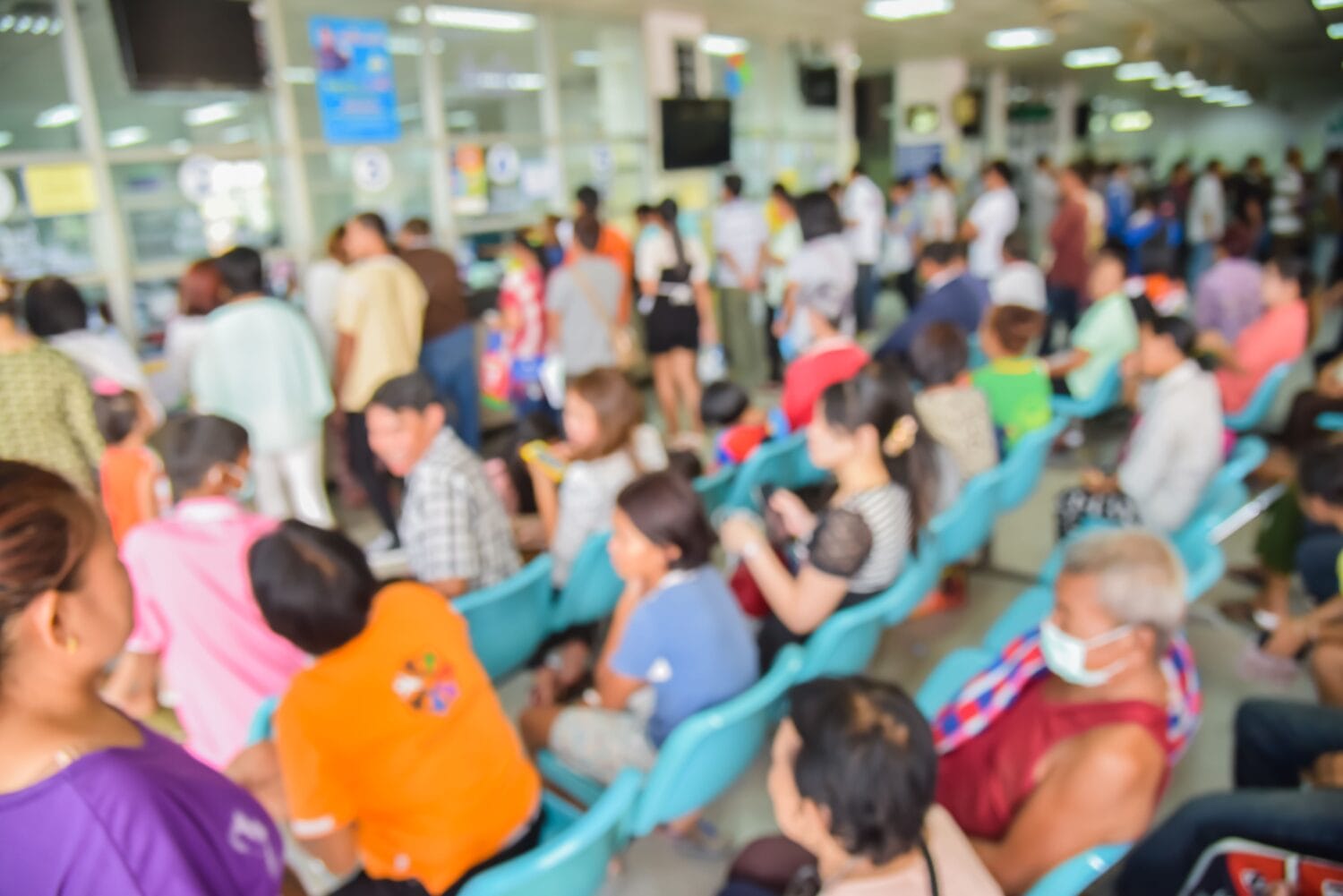
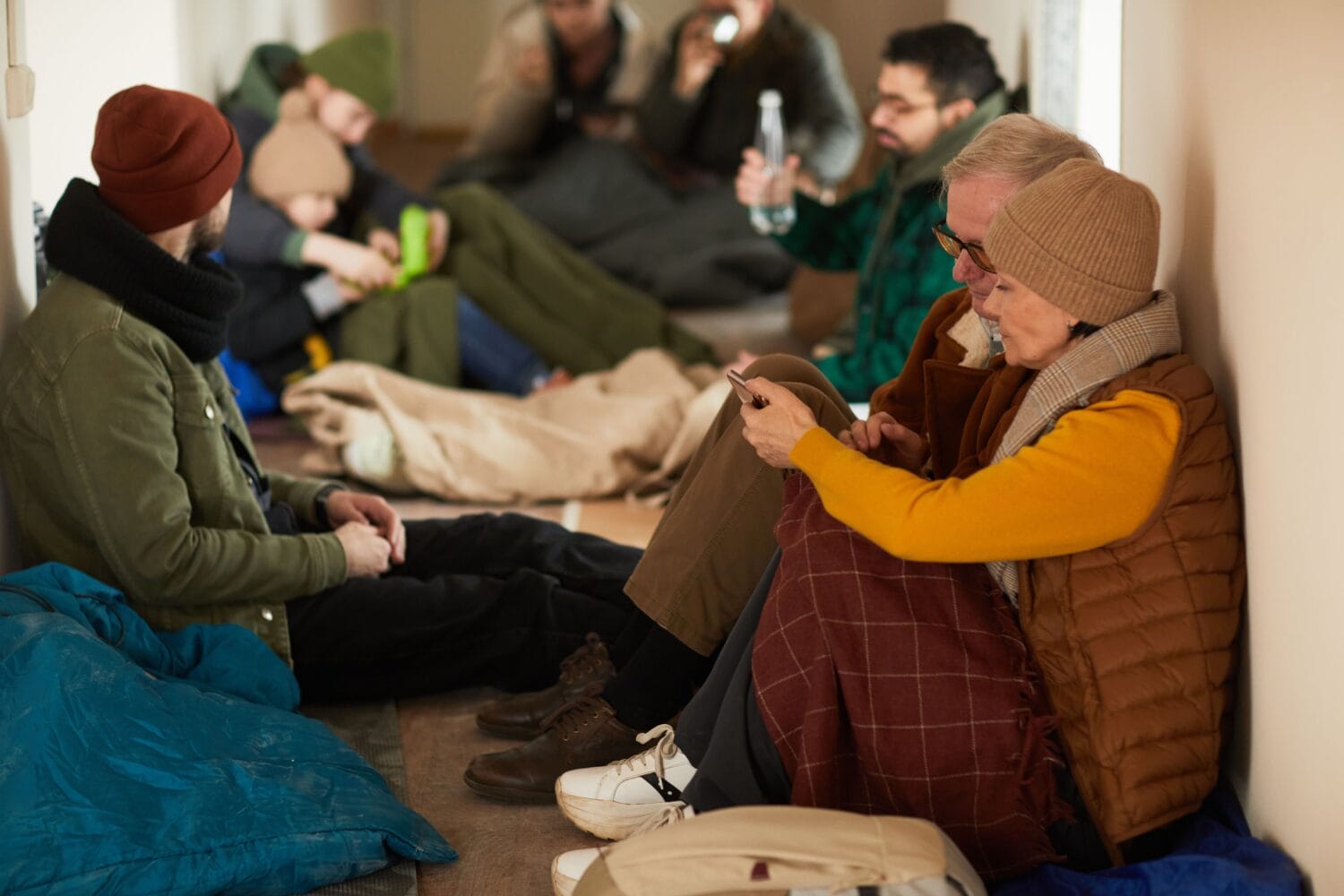
6. Overcrowded Shelters: Shelters are the location of last resort for people after a disaster. Depending upon the shelter’s proximity to the disaster zone and the general security and solidarity of your location, a shelter may or may not be your best option. First, as we witnessed with Katrina, the Super Dome, while utilized as a shelter, also became a place of opportunity for those looking to take advantage of others. It was right in the disaster zone, surrounded by flood waters. What I mean by solidarity is the similarity of the people there with you in the shelter. If we are all parents and homeowners with kids we want to keep safe and homes we are worried about, we will all kind of look out for each other. Again, though, what we have seen with other disasters are people not vested in the community but encouraged by the chaos and lack of security to indulge their criminal intentions. During Katrina, for instance, there were several instances in the shelters of crime ranging from robbery to physical assaults, including sexual assault. Consider whether you are safer there or on your own when considering a shelter. You may have to surrender things to enter the shelter. If you do go to an overcrowded shelter, and that may be your best option, be aware and be cautious. Everyone there may not be interested in your safety and security. Everyone there may not be mentally stable.
7. High Crime, Lawless, or Uncontrolled Areas: If you considered it the bad part of town before, it will be worse for you now. After a disaster, all kinds of vigilante systems can spring up. People looking to protect their neighborhoods will take it upon themselves to secure their neighborhoods from people who don’t live there. It’s not uncommon to see yourself in an active looting zone, as police may be overwhelmed or dealing with a more significant crisis. High-crime areas can become even more dangerous during disasters, with increased risks of looting, violence, and property crimes. Law enforcement may be stretched thin, making it challenging to ensure public safety in these areas. After Hurricane Katrina, some police didn’t report for duty and opted to tend to their families and homes. That put considerable strain on the law enforcement personnel who did report for duty. Access to essential services, such as medical care and food distribution, may be limited or nonexistent in high-crime zones. Residents may face additional challenges securing their belongings and personal safety in these areas.
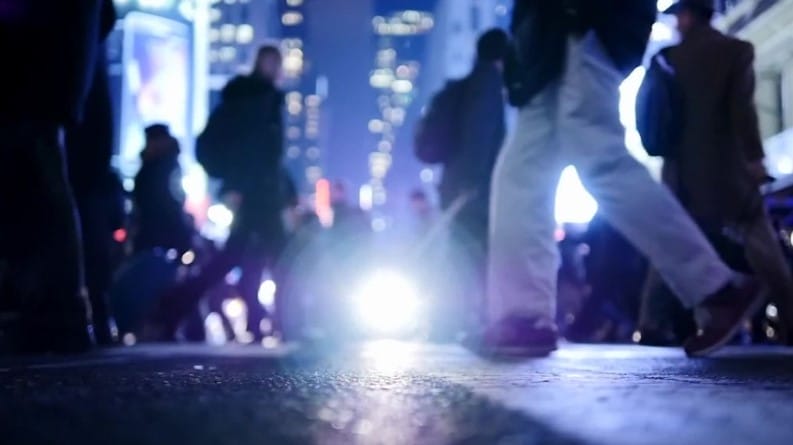

8. Other People’s Land or Property: After a disaster, people’s anxiety and cortisone rise. They go into full-blown alert status and a protection mode. They won’t take kindly to you even traversing their property. They won’t want you near their windows, doors, garden, car, or garage. We see this one in the comments quite a bit. People in the city think they will flee to the countryside, and country folk make it clear in the comments why that’s a bad idea. If you need to bug out or evacuate, stick to public areas as much as possible. If you are challenged on someone’s land, make sure your hands are visible and either back away or verbalize your intentions to pass through and guarantee you will disturb or touch nothing. As a prepper, know your bug-out routes and your bug-out location before disaster strikes. Do a practice run, as well. Steer clear of other people’s land and property.
9. Heavily Traveled Roads: Here’s the conundrum. If you can’t travel across other people’s property and have to stick to public roads, how can you avoid them? First, you want to avoid main routes because they are choke points. Traffic gets snarled, and then, even though you may have a full tank of gas and an eagerness to get out of the disaster zone, you may be stuck, fending off desperate people needing a ride to safety. If traffic isn’t flowing and you can’t get out safely, your best option may be to stay put until things clear. If you must escape the disaster zone, rely upon roads that are typically less traveled. Here’s where knowing your evacuation route is helpful. In cities, you will often see streets packed with slow-moving people, but two blocks over in either direction, you will find a handful of locals making good time. As I have covered in other videos, while a bugout vehicle is best, you might make better time on foot, by bicycle, or by other means. One mile walking down a river bank might take you less than an hour on foot. In a car, it might not happen at all. Use radio announcements, your best visual assessment, and if working navigation apps on your smartphone to determine whether the heavily traveled main roads are flowing or snarled.


10. Industrial, Hazardous Material Storage, and Transport Facilities: These areas often contain hazardous materials, chemicals, or flammable substances that can leak or catch fire during disasters, posing severe health and safety risks. Fires and explosions in industrial facilities can release toxic fumes or result in large-scale environmental contamination. Emergency responders may need to establish safety perimeters around such areas, limiting access for public safety. The potential for uncontrolled releases of dangerous substances can lead to long-term health problems for those exposed. Your ability to pass through these areas may be determined by the type of disaster you faced and your visual assessment. Do not enter these zones if you see smoke, debris, or fallen buildings. If everything appears normal, use abundant caution and realize that the usual safety mechanisms to prevent deadly chemical leaks may be offline. Proceed with caution. When it comes to public transport facilities, recognize that if the train station or airport was crowded before, it might be impossible after a disaster.
11. Disaster Epicenter: The disaster epicenter is the area where the disaster has had its maximum impact. It’s also an area you will want to avoid. Different hazards will exist depending upon the type of disaster that has occurred. Biological, radiological, or chemical contaminants could be at high levels. Gas, water, or electrical breaks could create new hazards. Collapsed or unstable structures significantly increase the risk of personal injury. Gas tanks, air tanks, natural gas lines, or even unexploded ordinance, if applicable, make the disaster epicenter the number one place you don’t want to be. Knowing this, people will still go to take a look at what has happened. Often, typical ways of egress will be clogged with people coming in and standing around surveying the disaster. If anything flares up or there is any aftershock in the disaster zone after the initial disaster, your chances of getting out are reduced.
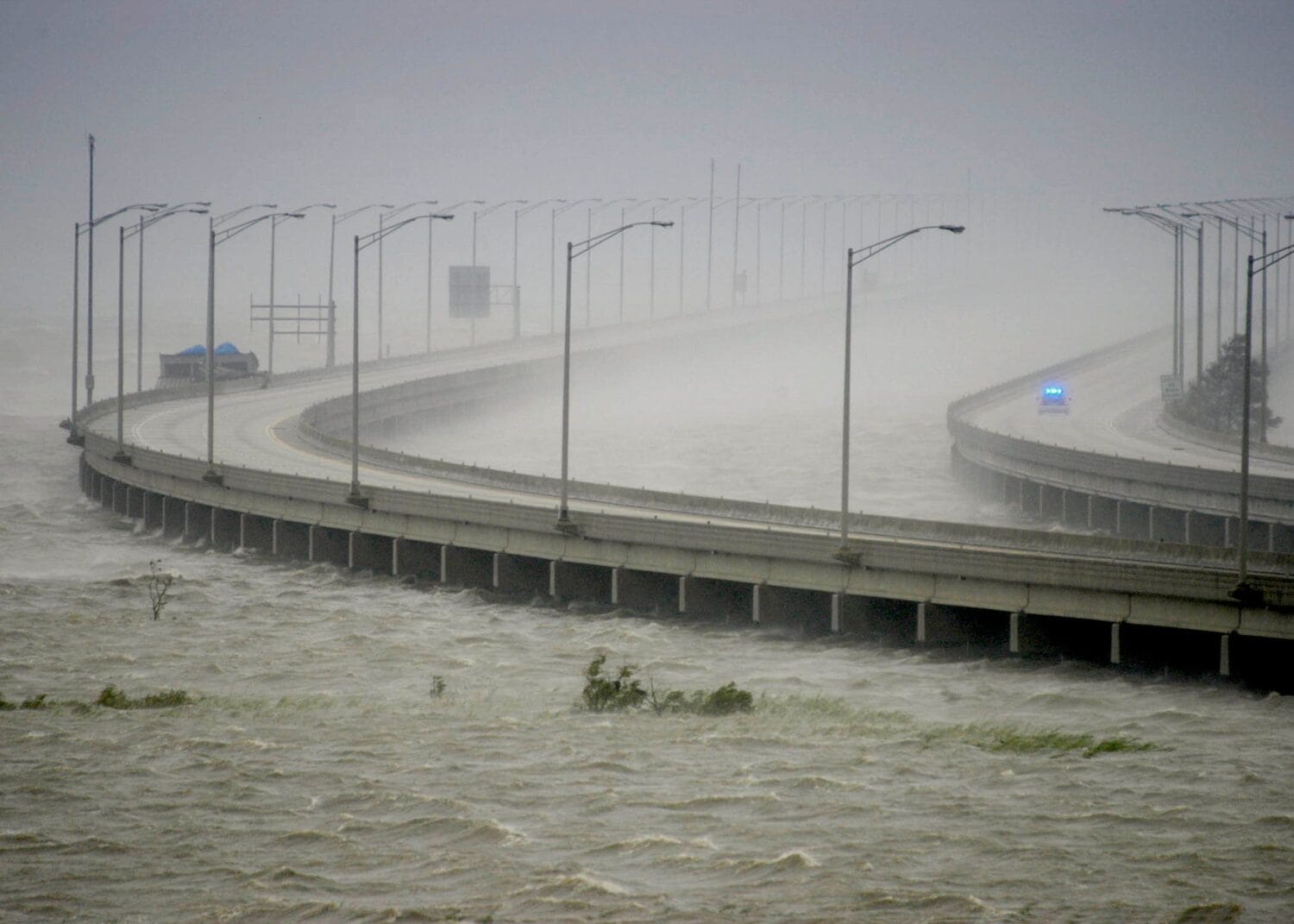
Checkout our video shown here on the side of the screen which details 7 ways to safely get to your location after a disaster. It covers the things you must consider to avoid exposing yourself to danger.
As always, stay safe out there.


